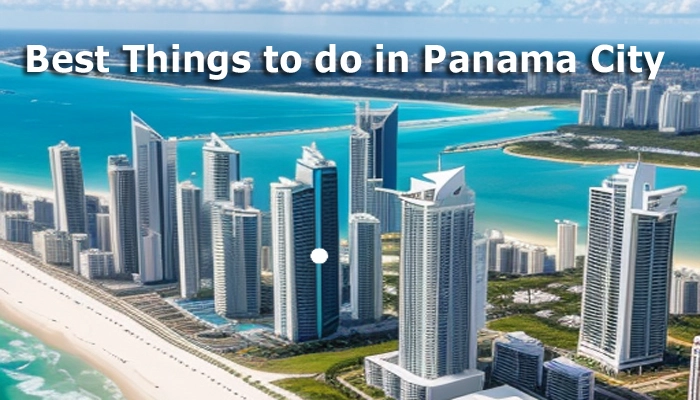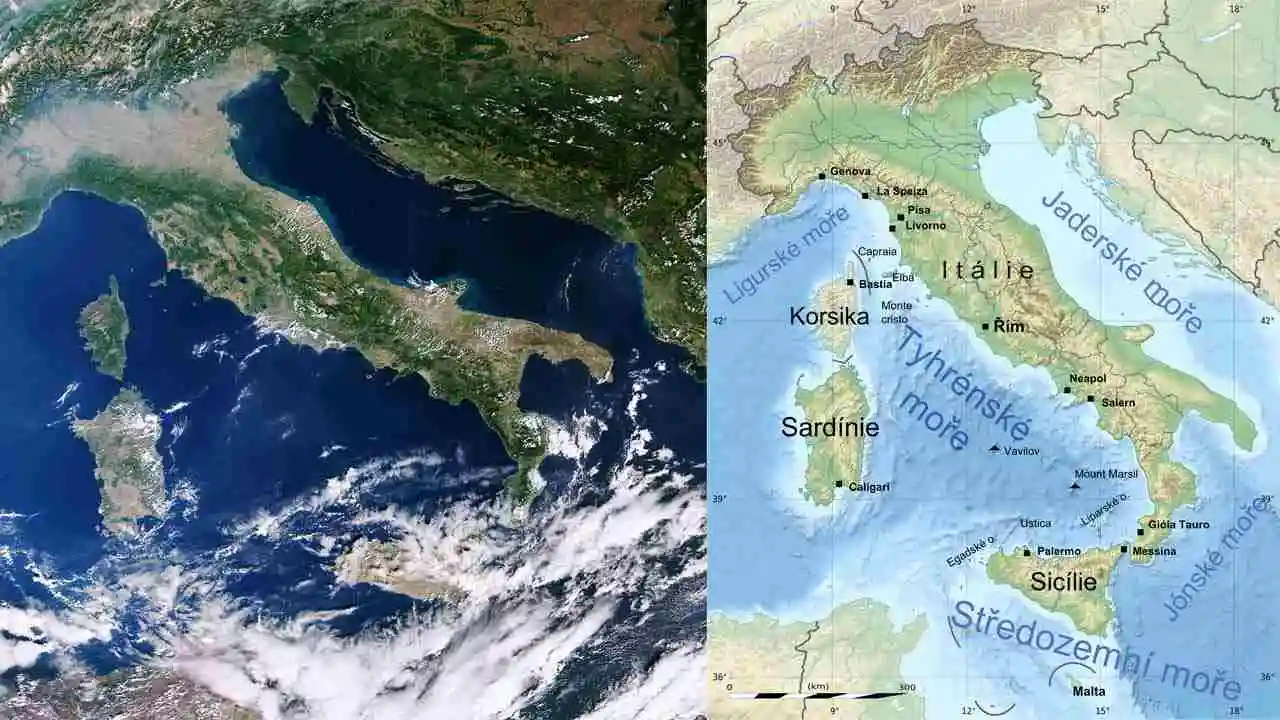


Did you know that Italy is a parliamentary republic and Mediterranean island? Did you know that it has 20 different regions and three active volcanoes? Are you interested in visiting the country? There are so many things to see and do in Italy. You’ll be surprised at how much the country has to offer! Read on for an introduction to Italy. And don’t forget to plan some time to explore its famous cities. It’s definitely worth it!

If you’re planning a holiday in the Mediterranean, you’ve probably considered visiting the Italian islands. Sicily, for example, is the largest of the islands and offers something for every traveler. From the turquoise waters of San Vito Lo Capo to the unique white limestone cliffs of Scala Dei Turchi, Sicily has something to offer every traveler. In addition to the beautiful beaches and picturesque towns, Italy is a fantastic place to visit for its ancient culture, cuisine, and art.
Sicily is an island in the Mediterranean Sea, the largest and most densely populated. It is separated from mainland Italy by the Strait of Messina. The island is also divided into several autonomous regions. Sicily is separated from mainland Italy by the Strait of Messina, which is just two kilometers wide in the north and ten kilometers wide in the south. Its coastline is roughly one hundred miles long, with many beaches.
Sicily was inhabited over ten thousand years ago. The Greeks occupied the island and attributed its ancient origins to the Elymians, who built centers in Segesta and Eryx. This island was then conquered by the Romans in the 3rd century BC. By the 2nd century CE, the Romans had expanded their empire into the rest of Europe. However, it was never secure and was repeatedly undermined by power struggles between different factions, military leaders, and families.
The Italian islands are located primarily in the Mediterranean Sea. Sicily is the largest of the islands, and Sardinia is the second largest. All islands that cover an area of twelve square kilometers are in the Mediterranean Sea. Sicily has nine islands, while Sardinia has six. The other three regions have three islands each. One of them, Lampedusa, is part of the African continent. If you’re planning a trip to Italy, be sure to include this island in your itinerary.

Italy has 20 regions, including five autonomous ones. The country is also divided into 107 provinces and 7,904 towns. The population of Italy totals more than 59 million people. The following are some interesting facts about Italy’s regions:
Molise is Italy’s tiniest region. It borders Slovenia and Austria and is the fifth smallest. Its culture is largely inland, with a small amount of coastline. Its small, slumbering villages are full of traditional, old-world charm. A visit to Molise is like stepping into a piece of old-world Italy. But make sure you bring your camera!
Piedmont blends industrial might and agricultural importance. It’s Valnerina area produces 45 percent of Italy’s black truffles. The area is also home to some of the world’s most famous wine regions, including Barolo, Barbaresco, and Nebbiolo. The region is also known for its lakes, and its wine-growing region is no exception. The volcanic Mount Etna dominates the landscape, with the slopes containing red grapes. The result is a dry wine known as “Nero d’Avola,” an Italian word that means “black grape.”
Trentino-Alto Adige is a mountainous region in the north of the country. It has strong Austrian influences and attracts tourists for its skiing and hiking opportunities. Lombardia, home to Milan, is a large, industrialized area with numerous historical towns. It also has some of the country’s highest costs of living, with Bolzano soaring above the Alps. It has many mountains and is perfect for snow sports.
The judicial system in Italy is largely based on a hierarchy of courts. The judges are civil servants and belong to the same civil service sector as prosecutors. The Superior Council of Magistrature, formed in 1958, regulates the careers of judges and oversees their assignments. Members of the council include the president of the Court of Cass and the public prosecutor of the country. Because of its influence in Italian politics, the council tends to politicize itself.
Italian citizens have a right to participate in politics in a number of ways. They can vote for different political parties to represent them in both the Senate and the Chamber of Deputies. The Italian parliament consists of 630 members, of which twelve are elected by Italians living abroad and several others are appointed for life. In addition, the Senate has a plurality of 35 seats, which are split evenly between parties and candidates.
The Italian Constitution establishes a President, which serves as the head of state. This person is the symbol of the nation, and his responsibilities include appointing the Prime Minister, the executive branch, and the judiciary. In times of war, the president also serves as commander-in-chief. Presidents are elected for seven-year terms by the Parliament in a joint session. The president has the power to dissolve the Parliament and call new elections, and he also has the power to appoint the Prime Minister.
Italy was a constitutional monarchy until 1922. The constitution guarantees freedom of religion before the law and upholds the supremacy of the Roman Catholic Church. In 1929, the Lateran Treaty granted special status to the Roman Catholic Church.
This treaty was revised in 1985 by a new agreement between the church and state. After the Second Vatican Council, liberal tendencies within the church manifested themselves and religion became less of a source of political and social friction in modern Italy.
In 1946, Italy’s citizens elected a new constitution and abolished the monarchy. This led to a multi-party system. The Italian Constitution contains three branches of government: the Executive, Judicial, and Legislative. The Italian Parliament consists of 945 elected members and two houses. There are no kings in Italy, but Italy has a parliamentary republic government. The Italian government has a bicameral parliamentary system, with a president and two houses of parliament.
Did you know that Italy has three active volcanoes? Italy is the only country in Europe that has more than three active volcanoes. And they’re some of the world’s most dangerous. Mount Etna, Stromboli, and Vesuvius are just three of the many active volcanoes in Italy. But you don’t have to visit all three to experience the danger they pose. Just a day trip to these three volcanic landmarks will provide enough excitement to make you fall in love with Italy.
The granddaddy of Italian volcanoes is Etna. This active volcano overshadows the city of Catania and is one of the most dangerous. It last erupted in February, destroying 10 villages and gushing lava and smoke for days on end. Several days ago, Etna erupted again, this time resulting in an ash cloud covering Eastern Sicily.
Near Mount Etna are the Aeolian Islands. These islands are the result of volcanic activity about 250,000 years ago. Of the eight islands, two of them are active.
Aeolian Island Vulcano, located in the Gulf of Naples, is technically active but has not erupted in centuries. Nevertheless, it’s still listed among the active volcanoes in Italy. A re-emergence of these volcanic islands is a real concern for the area.
The Italian volcanic system has several active volcanoes, but it’s not known exactly which ones are the most dangerous. While Stromboli’s lava flows sometimes reach the sea, they usually go to the north-western area of the island and the Sciara del Fuoco, a horseshoe-shaped depression formed about 6,000 B.P. On the other hand, Etna’s lava flows typically reach the sea and erupt into the atmosphere.
The Church in Italy has a rich history. In the early church, persecutions were especially intense in Rome. Today, the country is home to the Vatican and 82% of the population professes to be Christian, although only 15% practice the faith. Despite the Catholic majority’s commitment to the faith, the country is becoming increasingly secular and secularism is spreading. Although there are many Evangelical Christians in Italy, they are small and remain unreached by the Gospel.
While Italy is officially a secular state, it has a heavily religious landscape, with the Vatican and the Pope being located in the center of the country. The Catholic Church makes up 74% of the country’s population and has a close relationship with the Holy See. The Vatican is the seat of the pope, which is also the head of the Catholic Church. There are 225 Dioceses throughout the country, and Catholics can follow whichever denomination they wish.
Despite its history, Islam has a relatively small following in Italy, with only 3.1% professing their faith. Islam was introduced to Italy during the 9th century by the Abbasid Caliphate. Following the Norman Conquest, however, the number of Muslims declined and fewer were left in the country. In the 20th century, the Muslim population began to grow. Throughout this period, Muslims have complained that crucifixes are everywhere in public places.
The high level of religiosity in Italy has been an important factor in the country’s history. Although church attendance is low among the population, the number of Catholics has consistently exceeded one-third, and belief in God has increased. In addition, the belief in heaven and hell has also increased. The Catholic Church’s institutional structure and high density of personnel are factors that help maintain its high level of practice. A climate of acceptance has also helped.